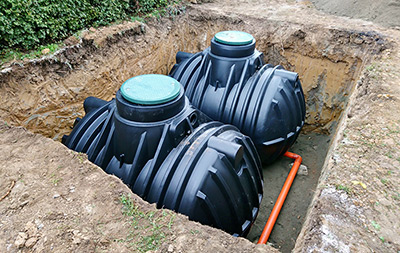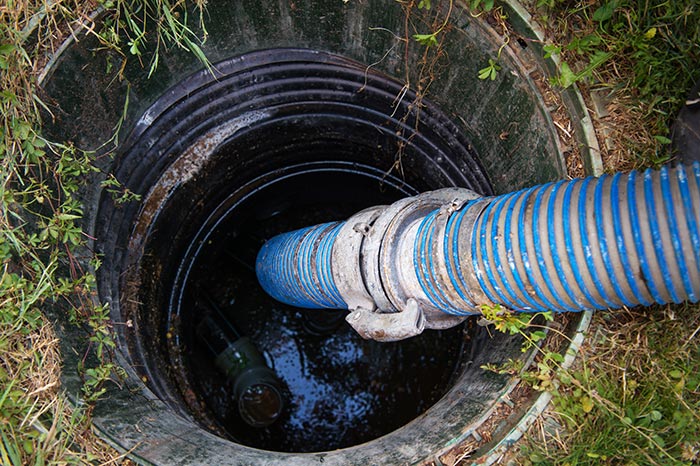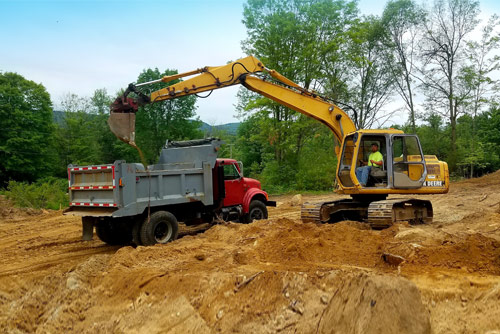
Most homeowners over-stress about owning a septic system. But, there's no reason to stress at all.
By and large maintenance is easy. You just need the correct information. So here's a quick breakdown of rules for avoiding being that over-stressed homeowner.
If your home features a septic tank, follow these 4 tips to ensure its longest life.
1. Know the specifics about your septic system
Know where it is, how many gallons the tank holds and when the last time it was pumped. If you have the original plans, permits, and maintenance records you get extra credit, but if you don't, don't fear, it’s not too hard to get you up to speed. A quick call to the local health district or agency’s septic system permit office will usually get you the original permits, as long as it was permitted, and those will provide answers for the first two things.
When was the last time it was pumped? Either you know that or you don't. If you don't, you really want to get the tank opened up so we can measure the scum mat and determine how close it may be to being ready for pumping.
2. Follow the time table
Your septic system’s individual pumping schedule is based upon factors that are not identical from system to system. There are handy tables available that tell you - based on the number of people who live in your home and the size of the tank - how often you're due for pumping.
Set a reminder for the next time your due in your personal calendar. Then be sure to schedule out your pumping when you get your reminder and don't be lax about it. Note that using the garbage disposal regularly will add solids to your septic tank and will increase how frequently you need to pump by up to 50 percent. So, if you are a heavy garbage disposal user, stop being one or set your schedule for twice as often.
3. Make it accessible
This is by far one of the most confusing things to understand about your septic system. The septic tank that gets pumped out is buried on your property. Following the installation of the septic tank, it usually stays out of sight and out of mind.
But one of the best things you can do is install risers to bring your septic system’s lids to the surface. The most obvious and critical reason to do so is that the pumper truck needs them exposed so they can clean the tank out for maintenance. If you've ever had to dig them up or pay for it, you don't ever want to do that again. It costs money to install risers and it sure beats the price of locating and digging them up every few years.
4. Check with your health district or agency before landscaping or adding new features
Most health districts or agencies have regulations about how close landscaping or other features can be installed to the septic system. They might sound like bureaucratic nonsense, but those rules are really in place to preserve the structural integrity and life span of your septic tank and leach field.
As a rule of thumb, bushes and grass have short roots and are about the only landscaping acceptable in a ten foot radius of your system. Roots will always find the closest source of water even if they have to bind up your leach field and break open your tank to get it.
Pools close to your system require a barrier to avoid chlorine getting in and killing the septic system. Driveways should never be over any part of your system, as the weight will crush the tank and pipes over time.
Landscape and other companies usually don't take septic systems into consideration when putting together proposals, so it’s up to you to ensure that there's nothing they are doing that's going to affect your septic system.
Contact Morse Engineering and Construction for more information.
Source: angieslist.com


